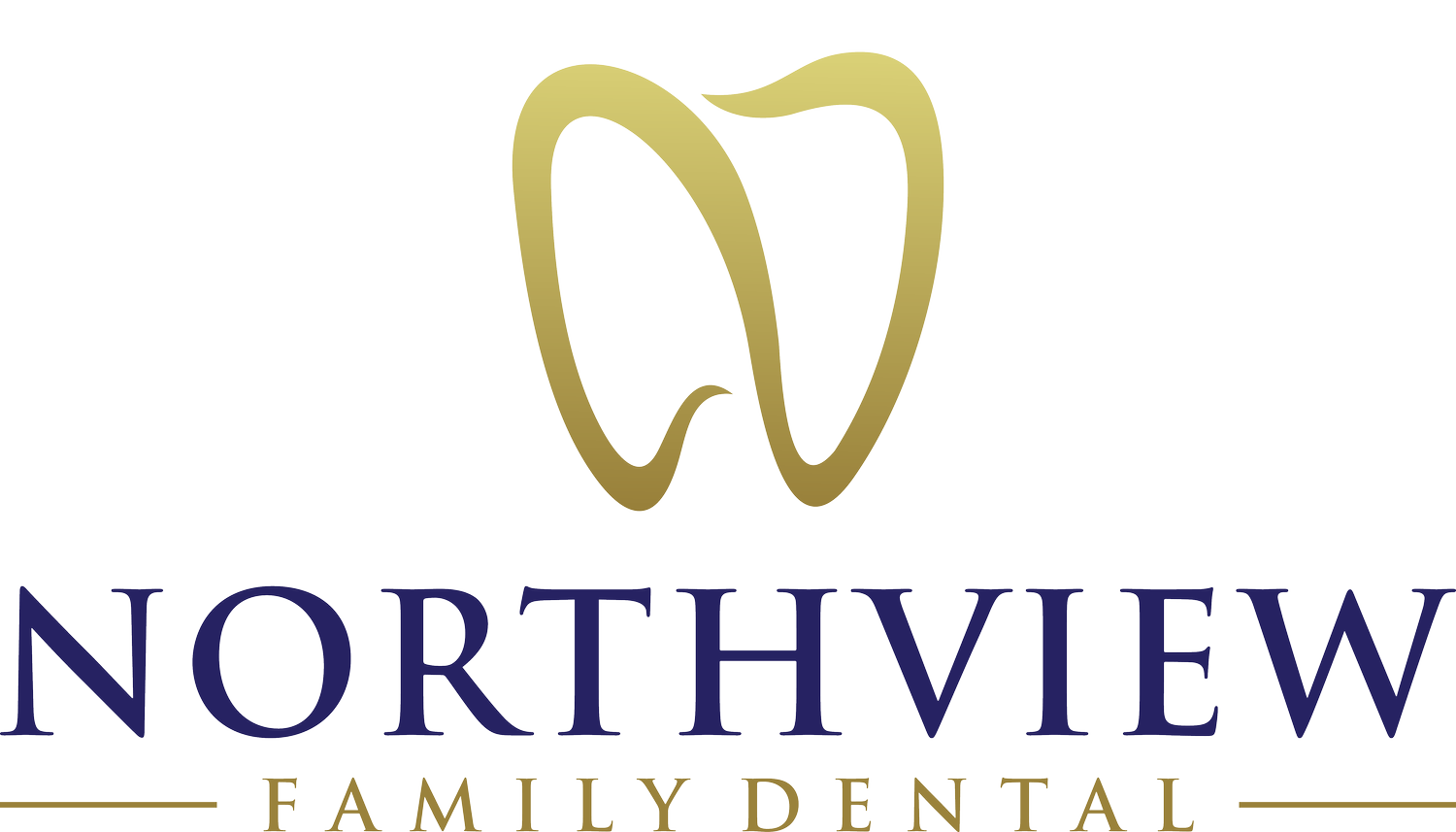
Oral Surgery
What to Expect
45 mins to 1 hour
During an extraction appointment, the area around the tooth to be removed will be numbed with a local anesthetic to ensure you're comfortable and pain-free throughout the procedure.
Dr. Diaz may determine a tooth may need to be extracted if it is severely damaged or decayed beyond repair, poses a risk of infection, or is causing crowding that affects the alignment of other teeth.
Dr. Diaz will then gently loosen and remove the tooth/teeth using specialized tools, taking care to minimize any impact on surrounding teeth and tissues. After the extraction, you'll receive instructions on how to care for the extraction site to promote healing, along with recommendations for any necessary follow-up appointments or treatments
What Can I Expect After a Tooth Extraction?
Discover what to expect during and after a tooth extraction in this informative video from the American Dental Association:
POST-OPERATIVE INSTRUCTIONS
Bleeding
The Doctor will place gauze on the extraction site to limit bleeding and confine the blood while clotting takes place. This gauze should be left in place for 30-45 minutes after you leave the office. There may be some bleeding or oozing after the pack is removed.
If so, follow this procedure: Fold a piece of clean gauze into a pad thick enough to bite on and place it directly on the extraction site. Apply moderate pressure by closing the teeth firmly over the pad for about 30 minutes. If the pad becomes soaked, replace it with a clean one as necessary. DO NOT SUCK ON THE EXTRACTION SITE. A slight amount of blood may leak at the extraction site until a new clot forms.
The Blood Clot
After an extraction, a blood clot forms in the tooth socket. This clot is an important part of the healing process. You should therefore avoid activities that might disturb the clot. Here is how to protect it: DO NOT SMOKE, SPIT, RINSE YOUR MOUTH VIGOROUSLY, OR DRINK THROUGH A STRAW FOR 24 HOURS. These activities create suction in the mouth, which could dislodge the clot and delay healing. Do not clean the teeth next to the healing socket for the rest of the day. If you have sutures, your dentist will instruct you when to return to have them removed or if they will dissolve on their own.
Medication
Your dentist may prescribe medication to control sensitivity, discomfort and prevent infection. Use it as directed. DO NOT TAKE ASPIRIN unless it has been prescribed by your primary care physician for a medical condition.
Swelling and Pain
Swelling is to be expected. Place an ice pack or cold moist cloth against the affected area. Put on for 5 minutes on and off for 10 minutes for at least an hour. If you have prolonged swelling, bleeding, or fever, call your dentist immediately.
Diet
After the extraction, drink lots of liquids and eat soft, nutritious foods. Avoid alcoholic beverages, carbonated beverages, and hot liquids. Begin eating solid foods the next day or as soon as you can chew comfortably on the opposite side of the extraction site.
Rinsing
THE DAY AFTER THE EXTRACTION, GENTLY RINSE YOUR MOUTH WITH WARM SALT WATER (half teaspoon of salt in an 8oz. glass of warm water) or with the medicated rinse prescribed (Peridex/Chlorhexidine), DO NOT SWISH VIGOROUSLY OR SPIT. Gently rinsing after meals is important to keep food particles out of the extraction site. Avoid using over-the-counter mouthwash during this early part of healing.
Oral Hygiene
It is important to continue to floss teeth and brush thoroughly at least twice a day. Brush teeth adjacent to the extraction site very carefully after the first 24 hours, not brushing the area adjacent to the extraction site can cause accumulation of bacteria and increase chances of infection. The tongue should also be brushed. This will help eliminate the bad breath and unpleasant taste that is common after the extraction.
If you're facing any issues that may require a tooth extraction, please come in so we can assess your needs and provide expert care.

